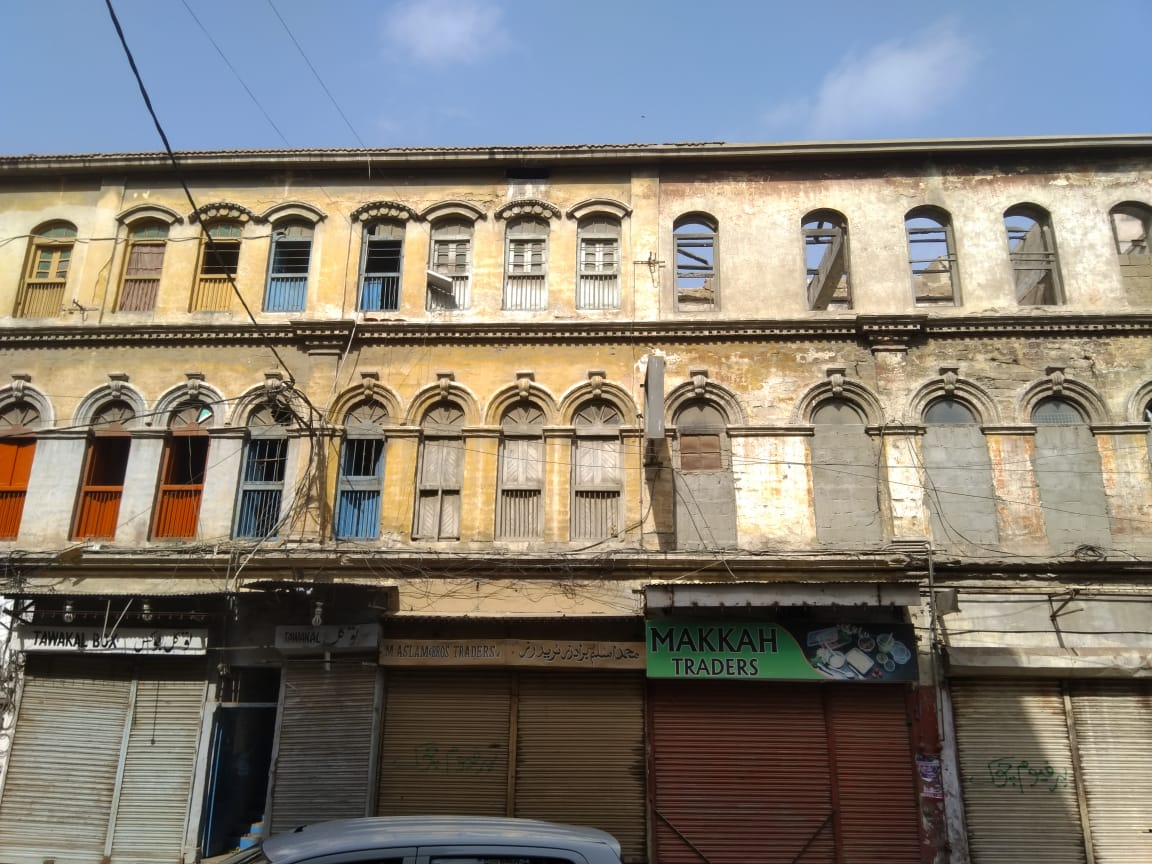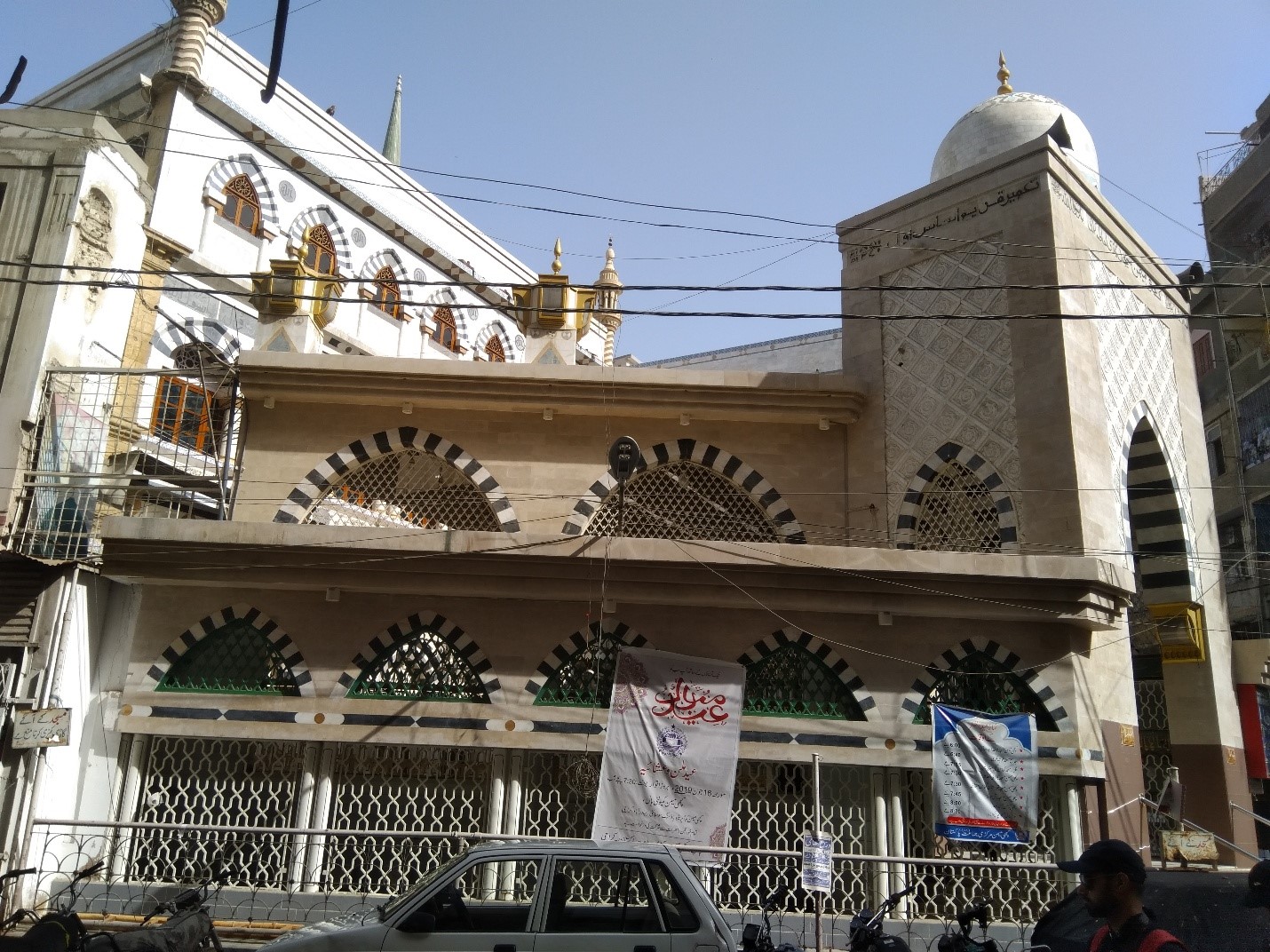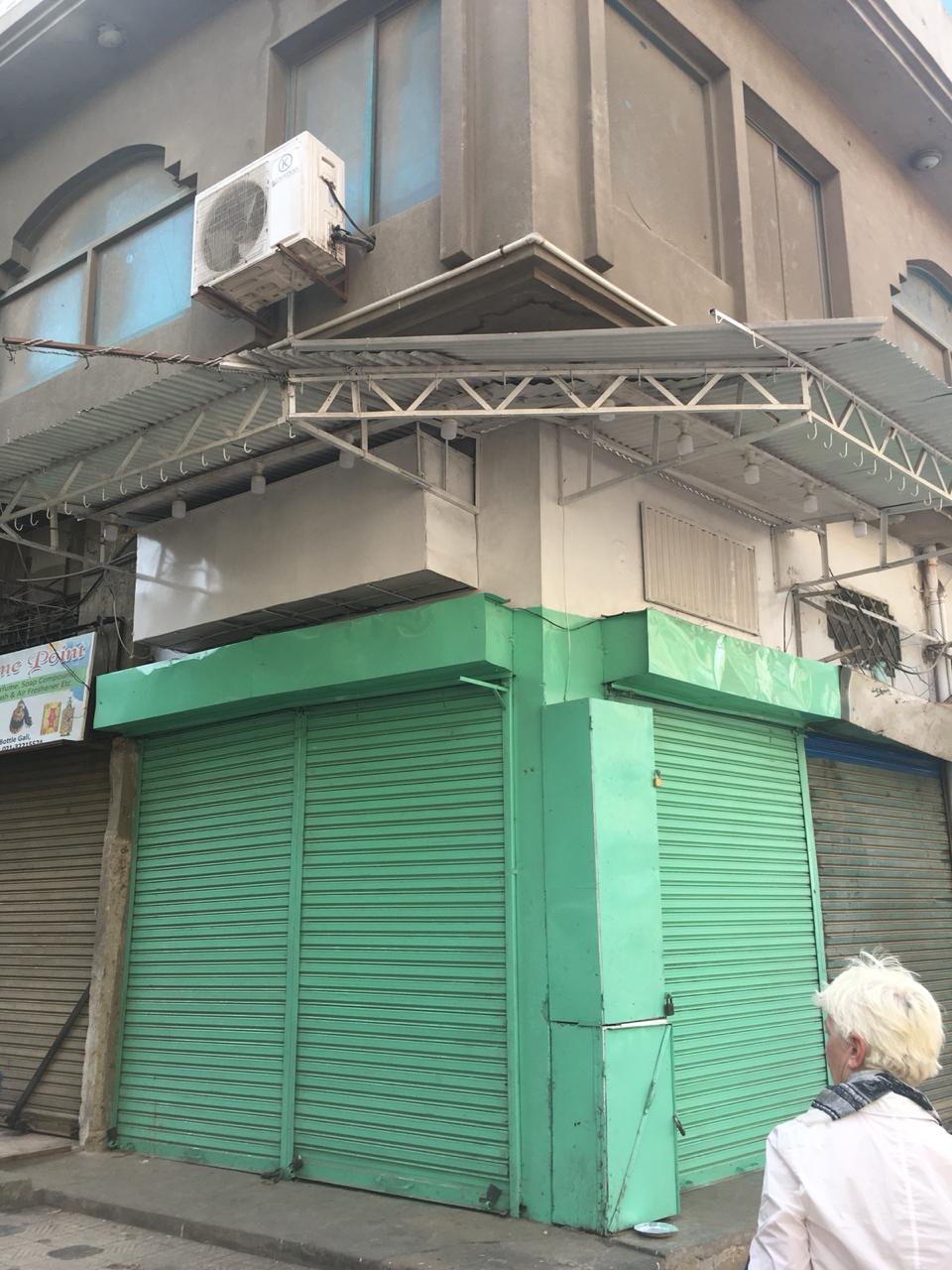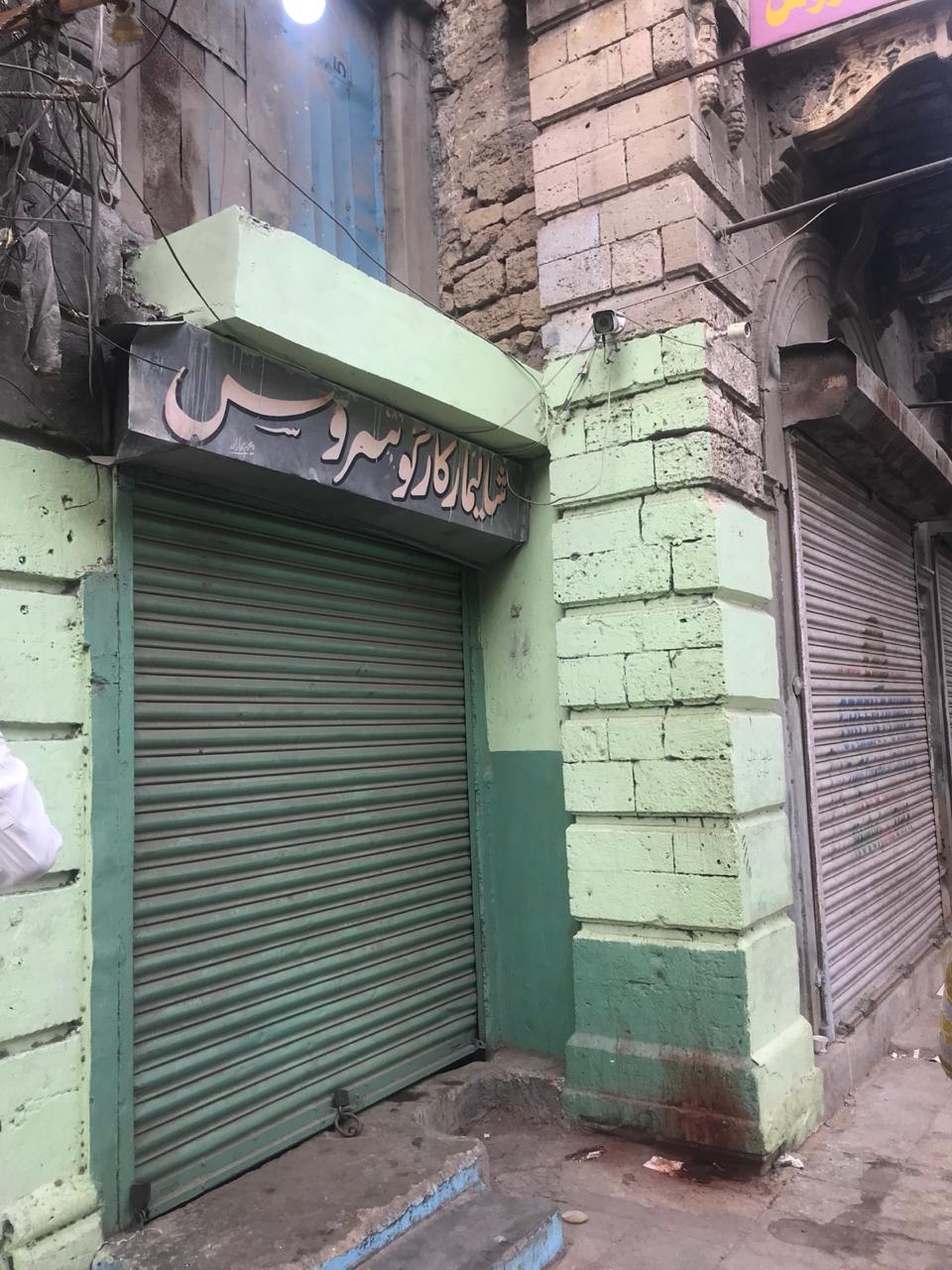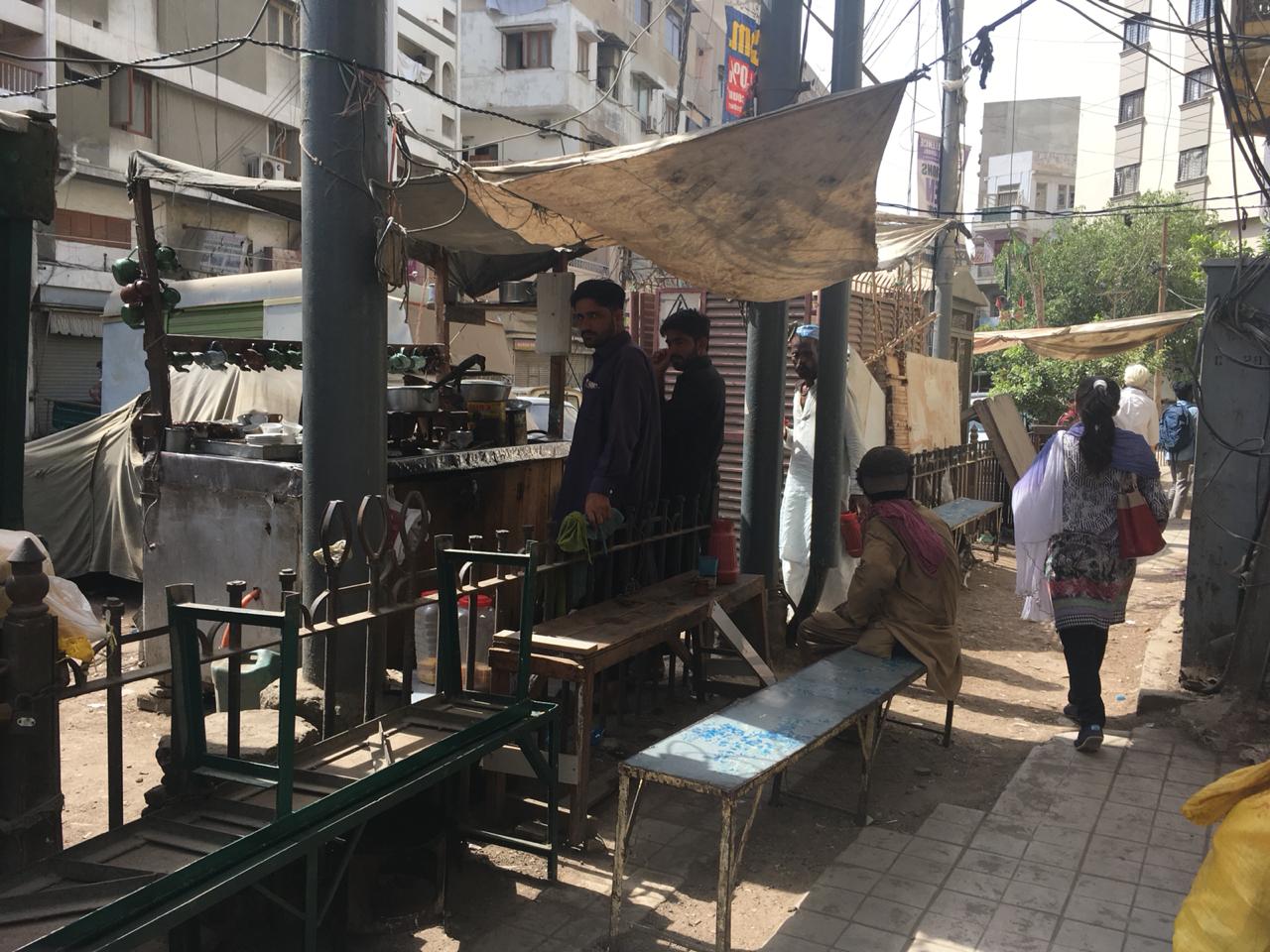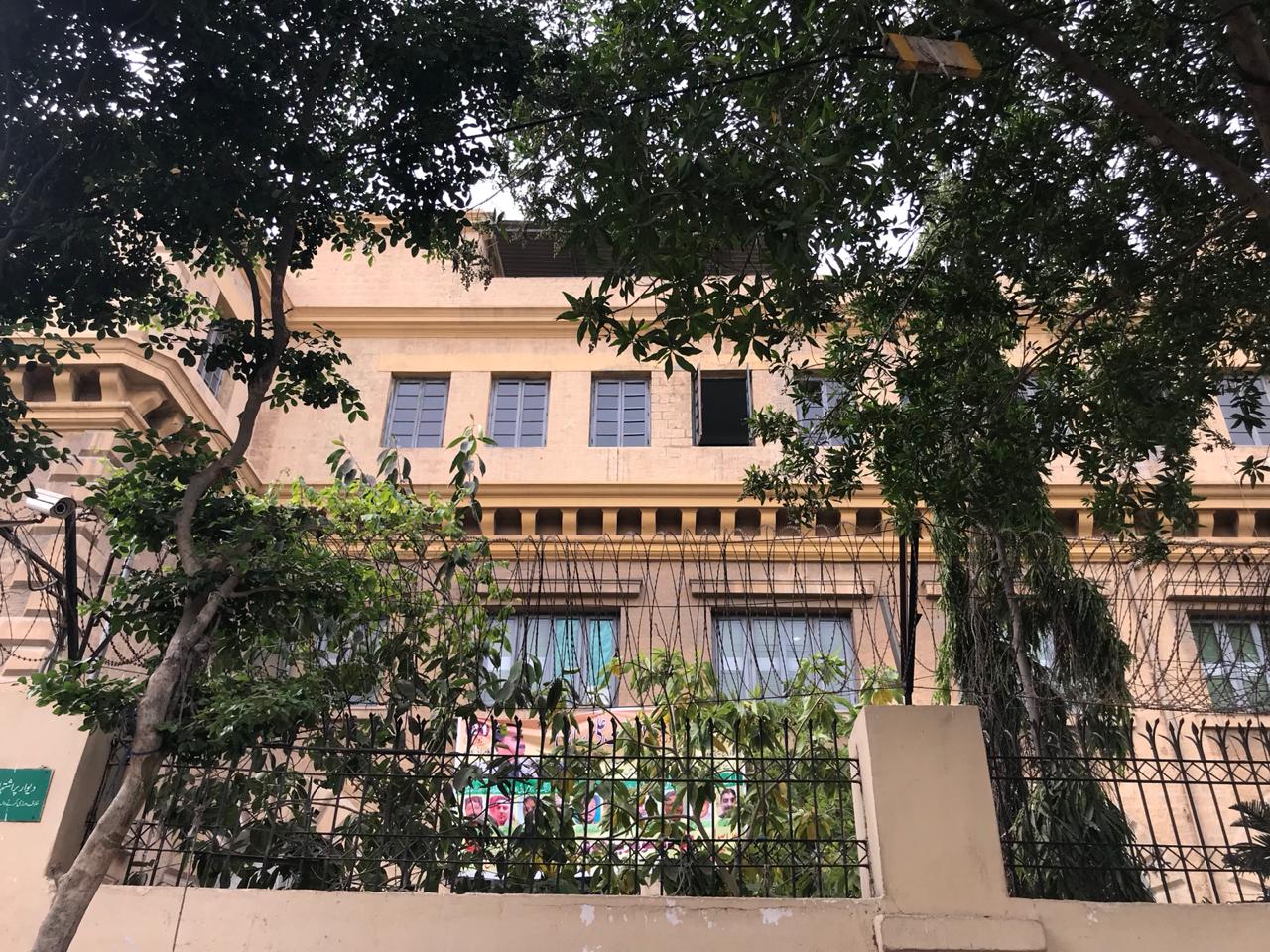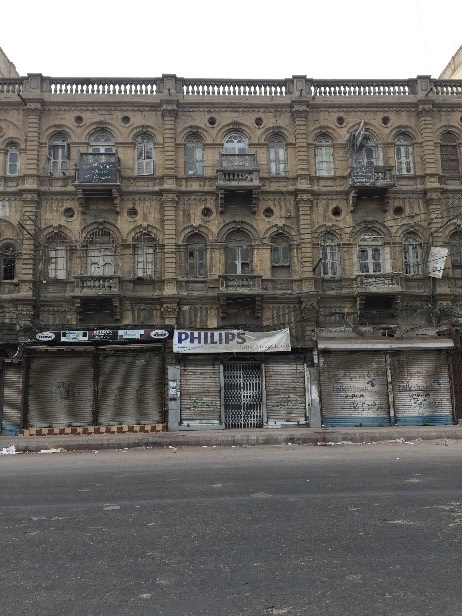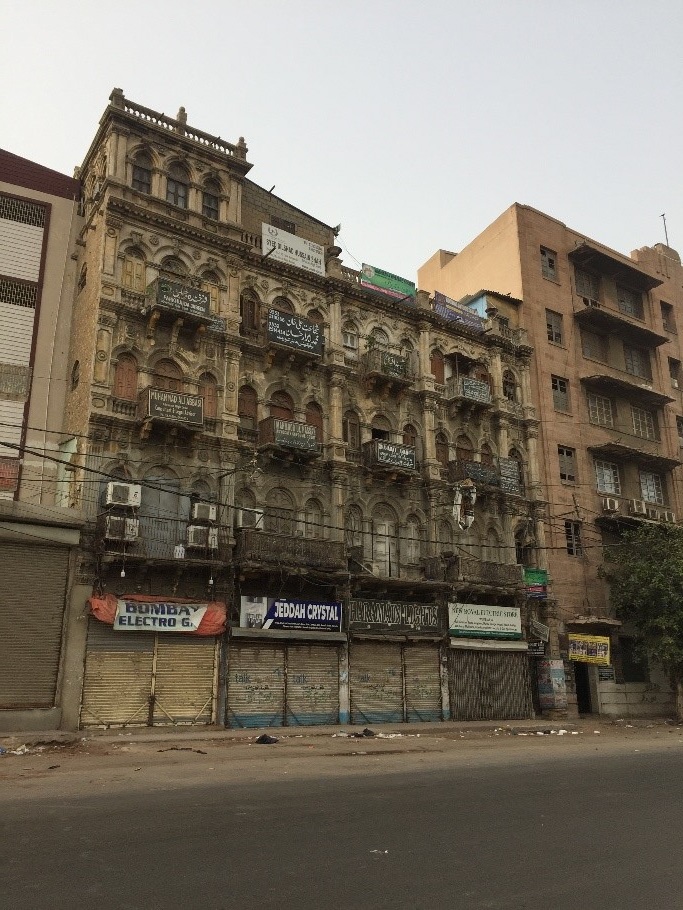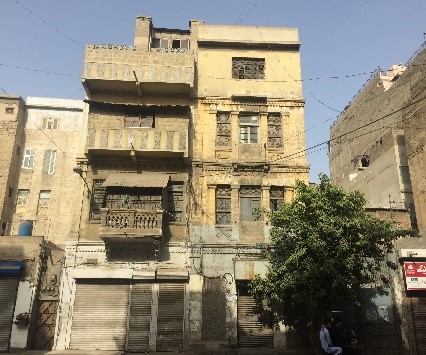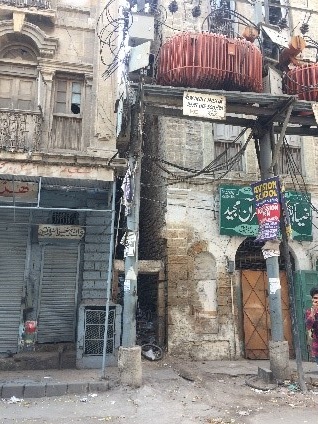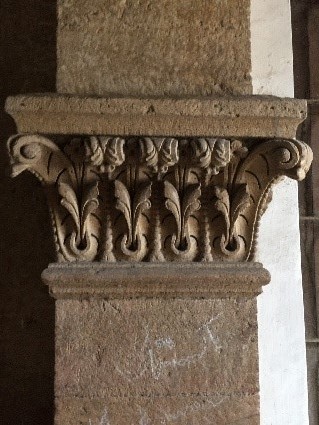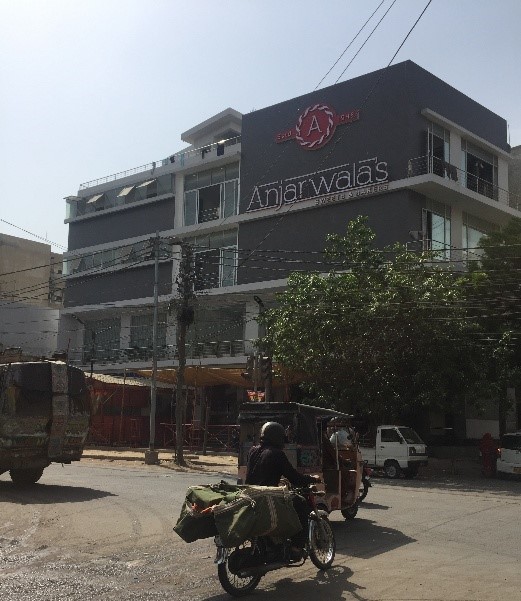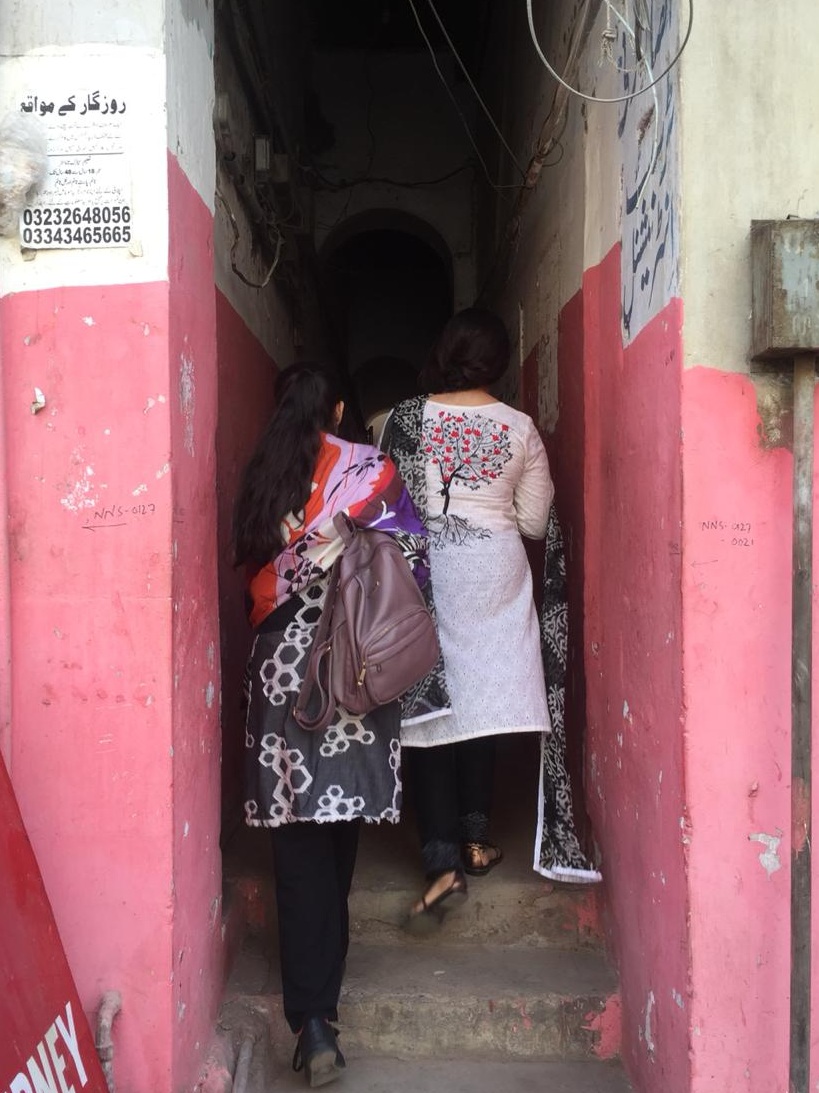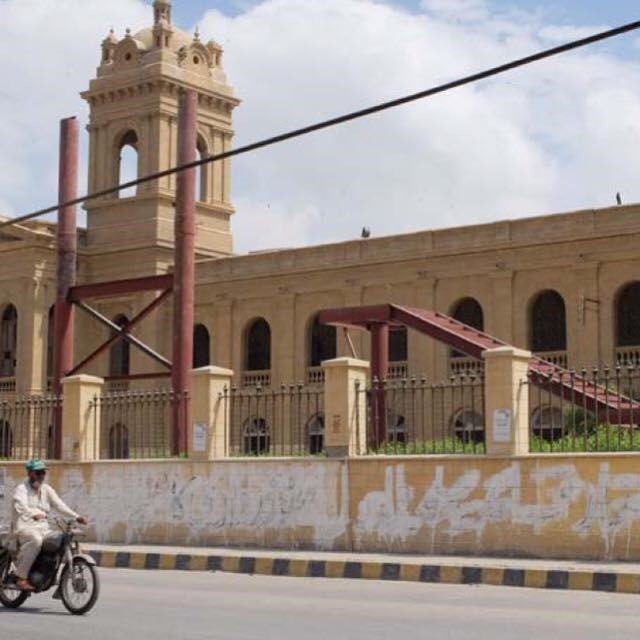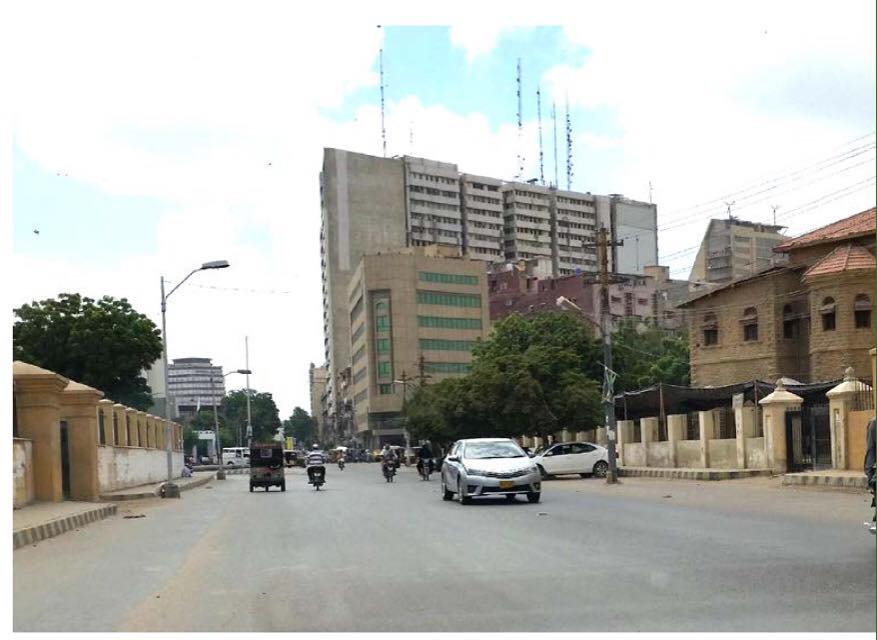By Asad Alvi
The Socio-Cultural History of the Area:
Pakistan Chowk was once called the educational heart of Karachi. If you ask an old Ned-ian, they will testify to this. The area was first utilized for educational purposes by Dayaram Gidumai Shahani, who many have gone on to call, alongside Edulji Dinshaw, as the ‘Father of Education’ in the country. Today, the rich socio-cultural history of Pakistan Chowk, patronized by Gidumai, suffers from historical amnesia. As Akhtar Balouch has written, that the history of Pakistan Chowk’s degradation is also, in many ways, an insight into how Gidumai turns from a “silent servant to a silent suffers.”
In 1880’s, the area was bought by Gidumai and mapped out as an educational center in the city (Khuhro, 1997). It was from here that the Sindh College Association began to operate, and it was here that Gidumai himself laid the foundations of the D.J Science College, of which he became the principal. After Gidumai died, the area was bequeathed to Kewalram Shahani, Gidumai’s son, who became the long-living educational and cultural patron of the area.
Under Kewalram, however, the area transcended its mere educational activity to that of tourism, too. The Chowk housed the busiest taxi and Victoria station in the city, which was popularly known as the Purana Tonga Stand, which tourists and locals alike used to visit nearby cafes and restaurants, two of which were the popular Café Saadi, and Kaisar Restaurant. The former served as a public space where students from nearby institutions could interact during lunch breaks, and became an important hub for educational interaction, and the latter became famous for serving the likes of Noor Jehan. Just behind Café Sadi, the Chowk also housed the Bholu Akhada. A muddy wresting arena, the Akhada became the breeding grounds for wrestlers, producing great sportsmen like Bholu Pehelvan and Aslam Pehlevan, who both became world heavyweight champions. On one occasion, the president of Pakistan himself, Khwaja Nazimuddin, travelled to the Chowk in Karachi to watch the match. Pakistan Chowk’s history, thus, is a rare intermingling of education, sports, culture, and metropolitanism.
However, while patronizing Pakistan Chowk as a space for tourists and culturalists, Kewalram Shahani also made sure that the activities in the area stayed true to the original spirit of his father: that of education, and perhaps, this is what the Chowk’s defining trait eventually became. The Shahani family were Hindu-Sindhis, and essentially, educationists and writers. Hence, the very pathos embedded in the family’s history made it a cultural imperative that the area be utilized as a hub for the printing press, reason why Arif Hasan calls the area perhaps “the first flourishing printing press of Karachi”. Gidumai had himself translated the likes of Jab Sahib, Bhagwat Gita, and Yoga Darshan, and these books were available in the newly flourishing literary market that founded its basis at Pakistan Chowk. Kewalram, on the other hand, became a philosopher, and wrote a treatise of Sufi philosophy called, “Mana Jo Chabuka” (The Scourges of Heart). The young man quite surprised the literati at the time when he wrote the first feminist novel of the Sindhi language, “Maa aen Dheeya” (Mother and Daughter).
Keeping up to their literary progress, the Shahani family opened up libraries, translation centers, and art schools around the Chowk.
The Saranagati building, the most imposing building around the Chowk, a red sandstone structure, was donated to the British Council and turned into a library, the second floor of which housed an atelier for emerging artists. One building on the corner, which has now been turned into a card printing shop, became the headquarters of the Sindh Sudhar Society, which oversaw the launching, circulation, and distribution of many quarterly publications, such as Ismat and Saraswati, which were made readily available to students living inside the area, mainly at the Meetharam and Sevakunj Hostels.
This brings us to a wholly distinct and important tangent of contribution: the hostel culture for which Pakistan Chowk became a facilitator, where the students of the newly flourishing NED University found home. By this time, the rupture of Partition had occurred, and newly pouring migrants, including students, recognizing Karachi as an important educational front, began to utilize the Pakistan Chowk. Three large hostels were opened: Sevakunj, Mehtaram, and Meetharam, the latter named after Kewalram’s late younger brother. All hostels offered free services and many of their residents were alumni students pursuing jobs, who went on to live there even after graduation. The hostels also housed reading rooms, where students could read dozens of daily newspapers and periodicals.
These experiences have been immortalized by the archival documents at NEDAASC (NED Alumni Association of Southern California, USA), which function mostly as memoirs and testimonies. One such document, penned by then-student Dr. Arshad Mehmood, speaks: “I was in Lahore when I received the telegram, “Come immediately, Vacancy open.” The sender’s address was at Sevakunj Hostel in Pakistan Chowk near NED College in Karachi. I caught the evening train, and made it to Sevakunj in the early afternoon of the next day. A quick shower to wash off the train dust, and I was ready. There was one large room, which housed four students, and the four cots and four desks in that room. Regular meetings and parties were held in the hostel courtyard, where we gathered valuable knowledge and friendships that have lasted a life time.” Such is, then, the cultural importance of these hostels. It is Farooq Soomro who writes: “Intizar Hussain compares old buildings to trees which have their roots deep inside people’s hearts. Everything revolves around such landmarks. And they remain forever in our stories and dreams becoming part of our folklore. Sevakunj is one such building.”
Sevakunj has a strong presence and character: it is decorated with a minimal but elegant façade. Inside, there is a small courtyard, reminiscent of a Persian sahn, in which students would accumulate in the evening and discuss education in a communal whole. The main architectural feature of the verandah is its arcading of exquisite motifs, often incorporated in buildings at the time; however, an unusual feature are gable frontages, possibly due to the influence of the recently completed Viceregal Lodge at Simla, considered to be a “free interpretation of the Elizabethan or English Renaissance.” (Davis, 1985: 117) Meethram is more intricate, the front façade comprising of detailed window-work, and a gallery. The neo-classical style of the hostel is not surprising; at the time many other native patrons and affluent philanthropists considered Renaissance and Palladian Architectural expression as the most befitting, which conveyed their enlightenment disposition and civilizational progress, which kept up with the cultural spirit of Pakistan Chowk. (Lari, 2000).

